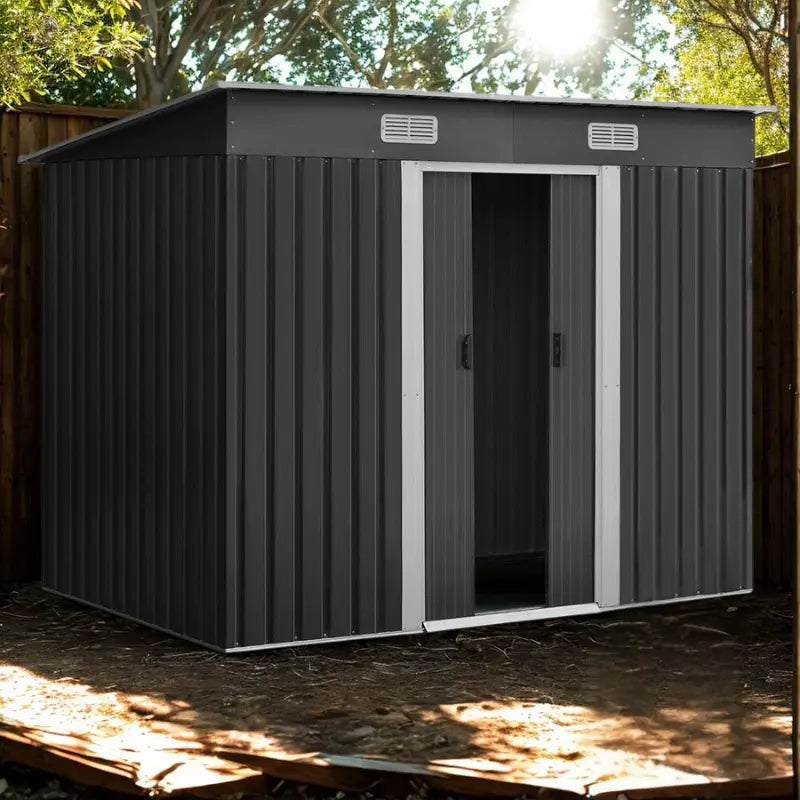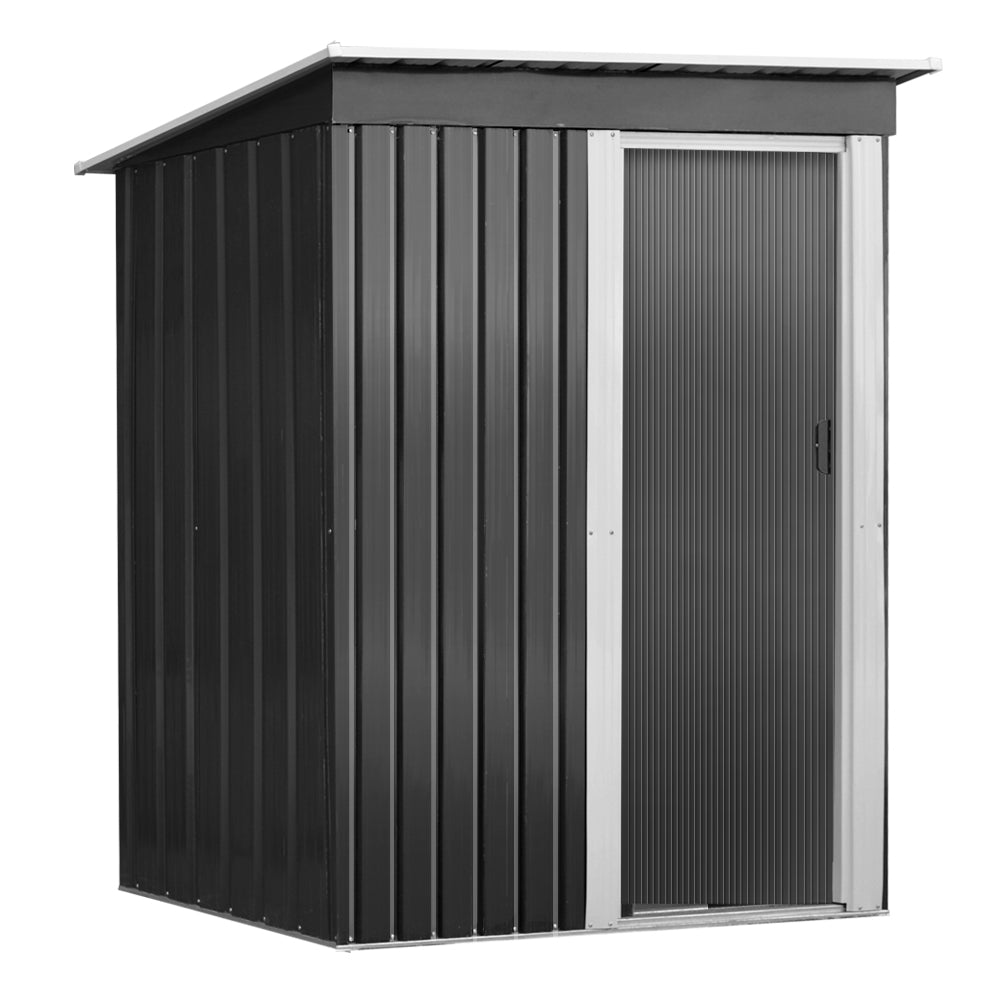
Wind Resistance & Anchoring Guide for Garden Sheds in Australia
Why Wind Resistance Matters for Garden Sheds
If you live in Melbourne or anywhere across Australia, you’ll know that gusty winds are part of life. While garden sheds from brands like Giantz and Wallaroo are built from strong galvanised steel, they are only as durable as the way they are installed. Without the right base and anchoring, even the toughest shed can shift, leak, or suffer wind damage.
This guide explains exactly how to prepare, anchor, and position your shed so it stays secure - giving you peace of mind and protecting your investment.
What Wind Speeds Can These Sheds Handle?
Manufacturers of light-gauge sheds (like Giantz and Wallaroo) don’t publish official wind ratings in km/h because these are domestic garden sheds, not cyclone-rated buildings. That means:
- They are designed for everyday backyard use, not extreme conditions.
- Their wind resistance depends almost entirely on how they are anchored and supported.
- With correct installation, they can handle Melbourne’s gusty conditions very well.
Key takeaway: The shed itself is only half the story - the foundation and anchoring are what make it durable.
Step 1: Choose the Right Base
A solid, level base is the foundation of wind resistance. You have three main options:
-
Concrete Slab (Best Choice)
- Thickness: 100 mm with steel mesh reinforcement.
- Add 50–100 mm clearance around the shed footprint.
- Provides maximum stability, long-term durability, and easiest anchoring.
-
Timber or Steel Bearers on Piers/Stumps
- Suitable for sloping sites.
- Ensure bearers are heavy duty and fixed to concrete footings.
- Still requires the shed base frame to be bolted down.
-
Adjustable Pedestals or Screw Piles
- Quick option for uneven ground.
- Good for smaller sheds, but still must be firmly anchored.
Step 2: Anchor the Shed Properly
Anchoring is non-negotiable. Without it, even a small shed can lift in strong wind. Recommended methods:
-
Dynabolts or Screw Anchors into Concrete
- Bolt through the metal base frame into the slab.
- At least one anchor per corner, ideally every 600–800 mm.
-
Anchor Kits for Non-Slab Bases
- Use L-brackets or ground anchors fixed to treated timber or steel bearers.
- Drive anchors deep into soil for extra stability.
-
Extra Tip: Silicone along the base edges can reduce rattling and water ingress.
Step 3: Position the Shed Wisely
Where you place your shed can make a big difference:
- Sheltered location: Near a fence, wall, or trees that block prevailing winds.
- Avoid wind tunnels: Don’t place sheds at the end of long open runs where wind accelerates.
- Consider drainage: A base that drains well prevents corrosion at the bottom edges.
Step 4: Build Panels and Roof Securely
- Always screw through the ridges (not valleys) to avoid leaks.
- Don’t skip fixings - every screw hole matters for rigidity.
- Overlap roof sheets consistently, with ~25 mm overhang for run-off.
- Consider a bead of outdoor silicone on roof overlaps and screw heads for extra protection.
Extra Reinforcements for Large Sheds
For bigger sheds (like 3×5 m workshops):
- Add internal diagonal bracing (steel straps or timber) to stiffen walls.
- Increase the number of anchors along the base.
- Make sure doors are aligned and tracks secured to prevent rattling.
Key Takeaways
- Wind resistance = good foundation + proper anchoring.
- Giantz & Wallaroo sheds can handle Melbourne gusts well when secured correctly.
- Concrete slabs with dynabolts are the gold standard, but even sheds on stumps or pedestals can perform if anchored properly.
- Larger sheds need extra attention to bracing and positioning.
Final Word
At Smart Storage, we want your shed to last for years, not just one season. If you’d like advice on the best anchoring method for your site, just reach out - we’re here to help you get it right the first time.
👉 Shop our full range of Garden Sheds and talk to us about the best foundation option for your space.

